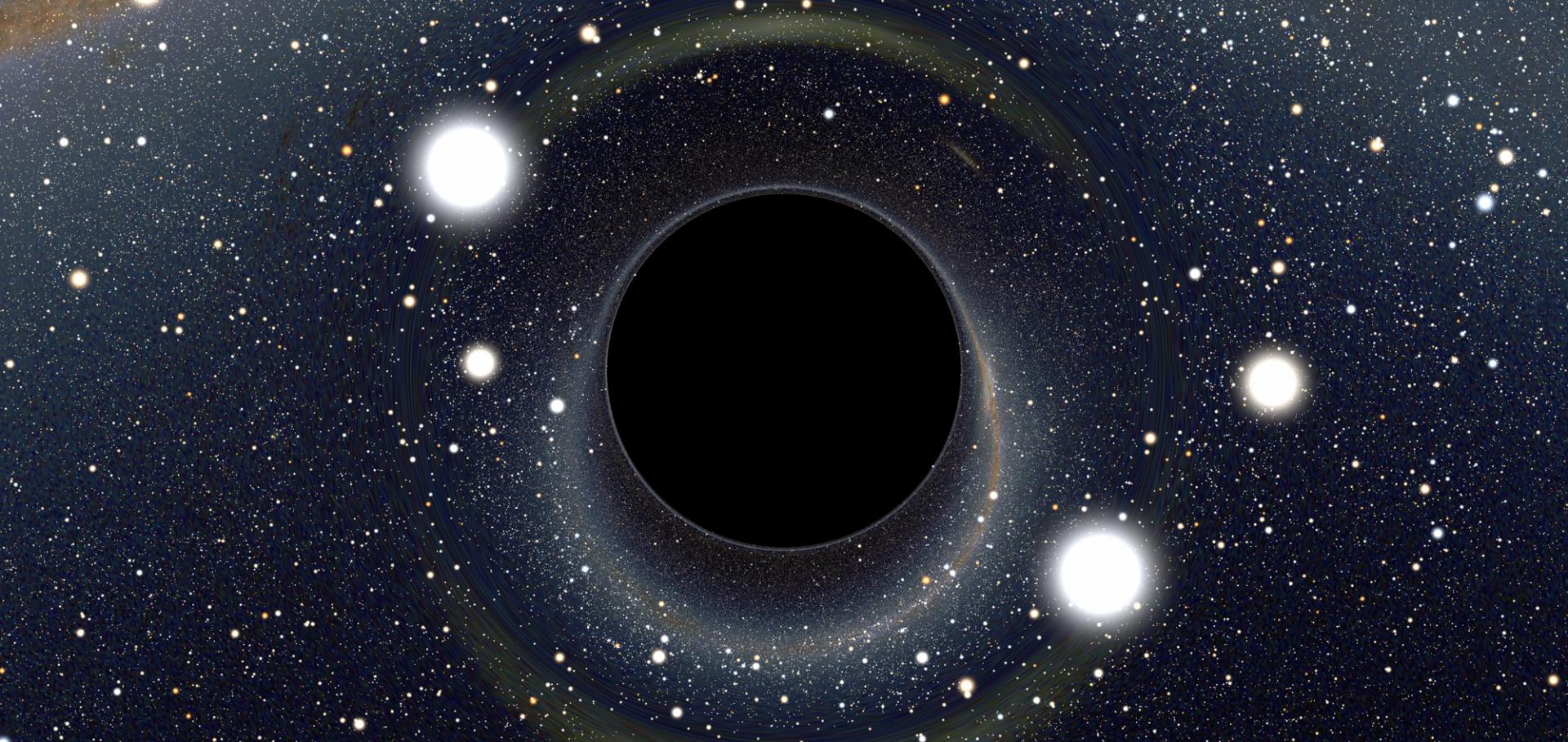Hot Cores : Probes of High-Redshift Galaxies
ArXiv astro-ph/0504040 (2005)
Abstract:
The very high rates of second generation star formation detected and inferred in high redshift objects should be accompanied by intense millimetre-wave emission from hot core molecules. We calculate the molecular abundances likely to arise in hot cores associated with massive star formation at high redshift, using several independent models of metallicity in the early Universe. If the number of hot cores exceeds that in the Milky Way Galaxy by a factor of at least one thousand, then a wide range of molecules in high redshift hot cores should have detectable emission. It should be possible to distinguish between independent models for the production of metals and hence hot core molecules should be useful probes of star formation at high redshift.Molecular abundance ratios as a tracer of accelerated collapse in regions of high-mass star formation
Astrophysical Journal 620:2 I (2005) 795-799
Abstract:
Recent observations suggest that the behavior of tracer species such as N2H+ and CS is significantly different in regions of high- and low-mass star formation. In the latter, N2H+ is a good tracer of mass, while CS is not. Observations show the reverse to be true in high-mass star formation regions. We use a computational chemical model to show that the abundances of these and other species may be significantly altered by a period of accelerated collapse in high-mass star-forming regions. We suggest that these results provide a potential explanation of the observations, and make predictions for the behavior of other species. © 2005. The American Astronomical Society. All rights reserved.Molecular abundance ratios as a tracer of accelerated collapse in regions of high mass star formation?
ArXiv astro-ph/0410653 (2004)



